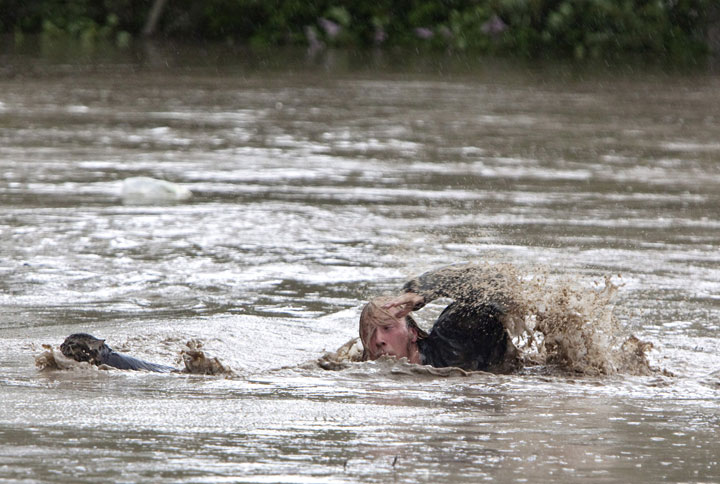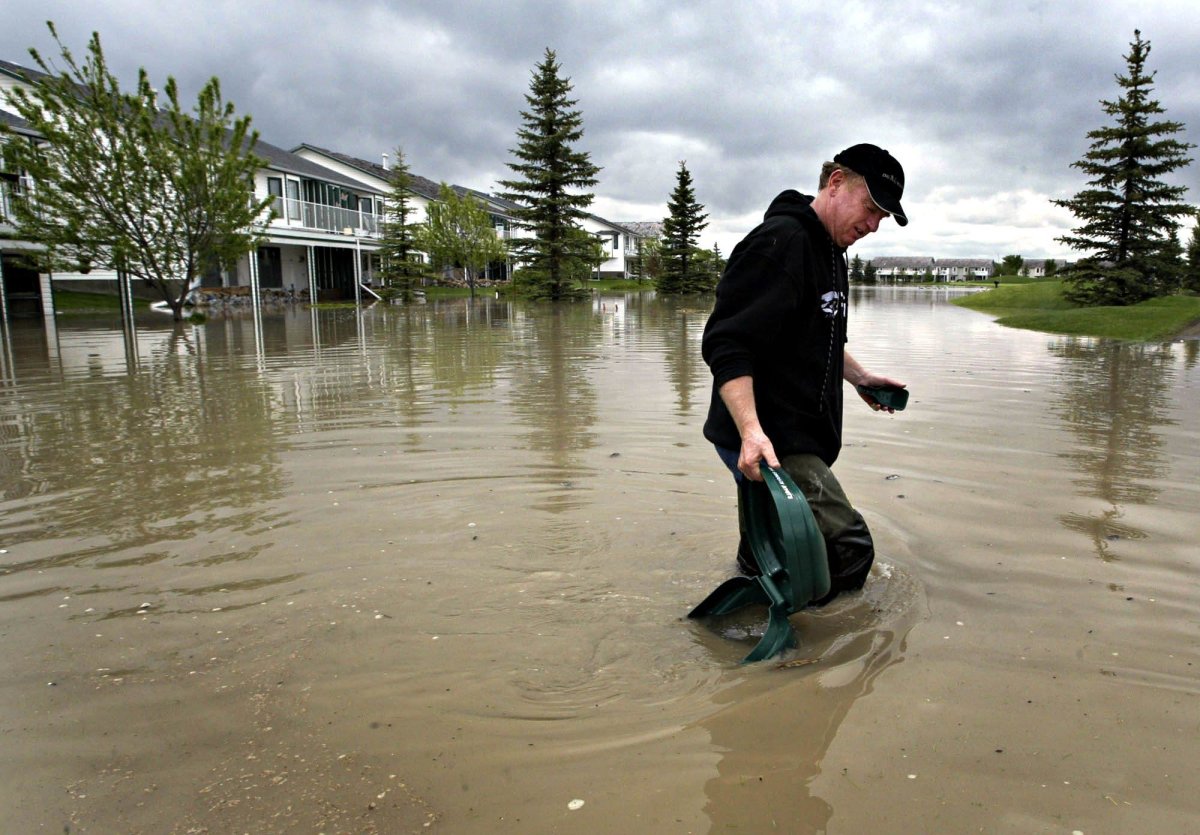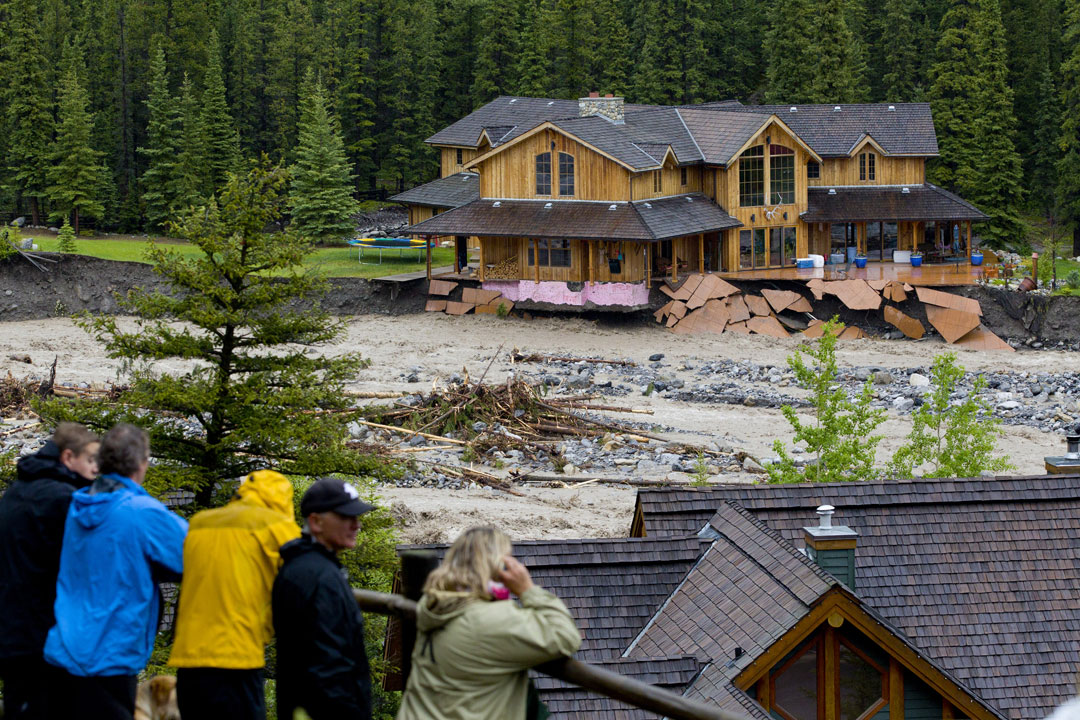This week’s flooding experienced by southwestern Albertans may remind a few people of 2005.

But, in fact, the destruction brought by this flood may be worse.
In 2005, following a spring that was 50 per cent drier than normal, three major storms — spread out over the month of June — drenched the area.
The rainfall numbers were staggering: Calgary’s monthly rainfall was an incredible 247.6 mm — the city’s average is 79.8 mm.
Some areas outside of the city had a total of 400 mm.
Though the rain events of 2005 were spread over three weeks, the 2013 event has dumped almost 200 mm of rain in just three days.
What’s responsible for the rain?
Watch: House shatters against bridge during Alberta flooding
- Life in the forest: How Stanley Park’s longest resident survived a changing landscape
- Bird flu risk to humans an ‘enormous concern,’ WHO says. Here’s what to know
- Roll Up To Win? Tim Hortons says $55K boat win email was ‘human error’
- Election interference worse than government admits, rights coalition says
“We had a very large weather system move in from the southwest, what we call…an “upper low” which is a type of weather system that brings a lot of rain in the summertime,” said Dan Kulak, Warning Preparedness Meteorologist for Environment Canada in Edmonton. “If you get these in the winter, they bring a lot of snow. In this case, it was a lot of rain and, interesting enough, it was fairly warm…warm enough to actually have all the rain fall as rain even at mountain elevations. Typically when we get these lows in the summertime in June, there will be some snow at the higher elevations, but when you get all the precipitation falling as rain, it all washes down very quickly and as well whatever snow — and there was a heavy snowpack in the mountains this year — that snow gets melted by the rain falling on it and that compounds the situation and makes it even worse.”
The upper low that southern and southwestern Alberta has experienced this year isn’t unusual.
The repercussions of both the 2005 and 2013 floods
“Certainly 2005 was certainly the last big flooding year that we had in Alberta especially southern Alberta, some of the impacts from this one…that all remains to be seen,” Kulak said. “But it could be worse in the fact that we’ve got so much rain on top of the snow and we didn’t have this type of damage that we’re seeing now…”
Though Calgary has only seen about 53 mm of rain as of Friday morning, it’s not the rain causing the problem for the city.
“The big problem is not what falls in Calgary, but what falls in the river basins upstream of Calgary. So that’s where the water is coming from.”
As of Friday morning, the city had evacuated over 75,000 people.




















Comments